Key takeaways:
- Dry indoor air can cause health problems, such as respiratory problems and dry skin.
- Houseplants can help improve indoor air quality and increase humidity levels.
- It is a good idea to test the humidity in your home with a hygrometer.
- There are several ways to increase humidity in your home without using a humidifier, such as placing a glass of water near a sunny window or hanging laundry indoors.
- Using an indoor water fountain or boiling water without a lid can also help increase humidity in your home.
Both people and plants suffer when exposed to dry indoor air for an extended period of time. In this post, we’ll walk you through how to increase humidity in a room, improving your indoor climate for easier breathing and healthier plants.
On the people’s side of things, dry air is known to trigger and worsen breathing problems, especially during the winter cold and flu season. Breathing in dry air causes potential health issues from asthma, nosebleeds, bronchitis, and a range of other respiratory problems. It can also cause dry skin, eye irritation and rash for folks with sensitive skin.
Houseplants help to increase indoor humidity levels and improve air quality in general, since they release oxygen and purify the air we breathe. Pure MAGIC, I tell you ✨
Buuut many houseplants, especially those native to tropical and subtropical regions like ferns, orchids, philodendrons, and monstera, thrive best in humid conditions to start with. So, what to do? If you notice your plants suffering or you experience persistent respiratory issues that affect your sleep and wellbeing, it’s a good idea to test the humidity in your home with a good hygrometer to see what you’re dealing with. The average indoor humidity is anywhere between 30-50%.
If your test reveals humidity below 30% anywhere in your home, there are a few things you can do to improve the air quality and boost humidity in that space. Read on to find out how!
8 ways to increase humidity in your home naturally (without a humidifier)
You don’t need to splurge on a plant humidifier to improve the humidity in your home. Here are some easy ways to raise the humidity in your home for extra moisture.
1. Place a glass of water near a sunny window.
This is sort of a #life-hack that you can do with things you have in your kitchen. Leave a glass of water out in a space that feels really dry, and eventually the water will evaporate from the sun and the moisture released will go into the air.
2. Hang your laundry indoors.
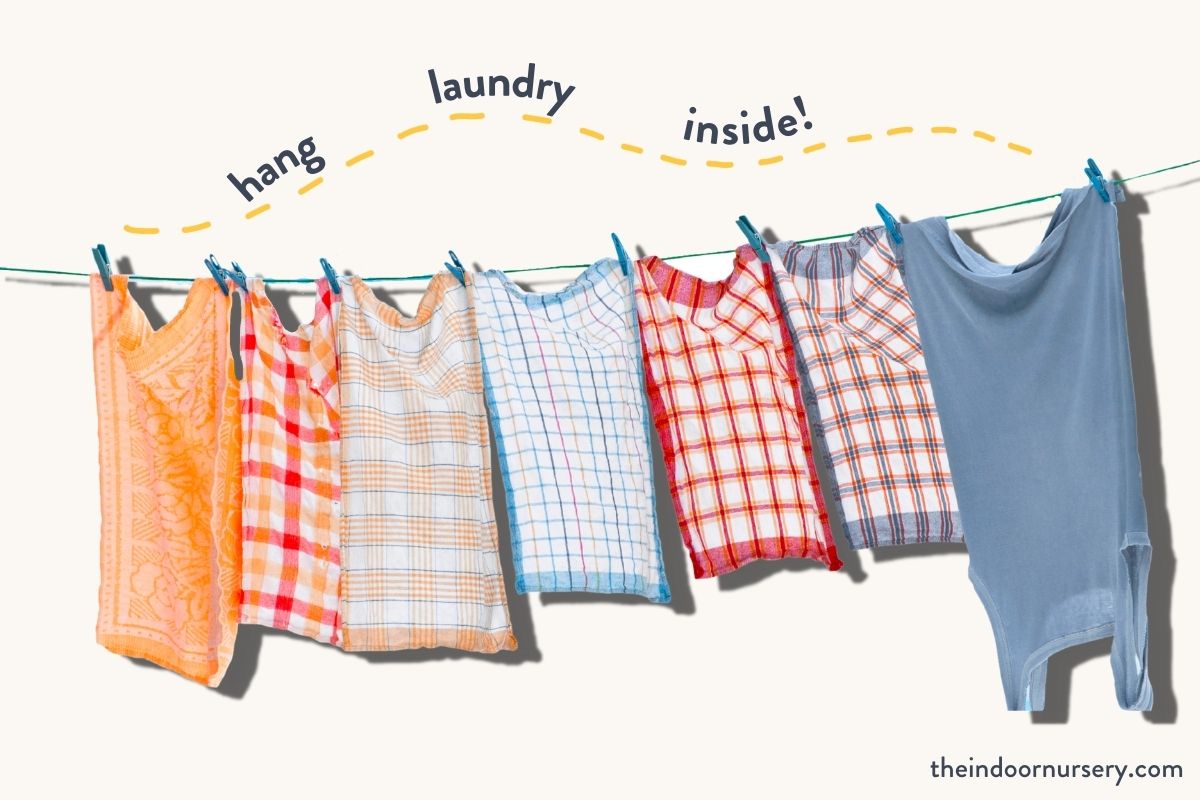
Hanging laundry to dry your laundry will save energy and humidify your space. Be kind to Mother Earth! Just buy a cheap drying rack and hang your laundry indoors, ideally where you need it most. The dampness of your clothes drying will help moisture the air.
3. Add houseplants to your home.
Plants release moisture into air through a process called transpiration, where excess water in the plant’s tissues evaporates into air through its leaves. Yep, this is a good excuse to expand your plant family! Plants put some moisture back into your air and keep it fresh. Plants are naturally humidifiers, since they absorb moisture through their roots and bring it back up to the leaves.
We like this bundle 😉
Best plants to increase humidity in your home
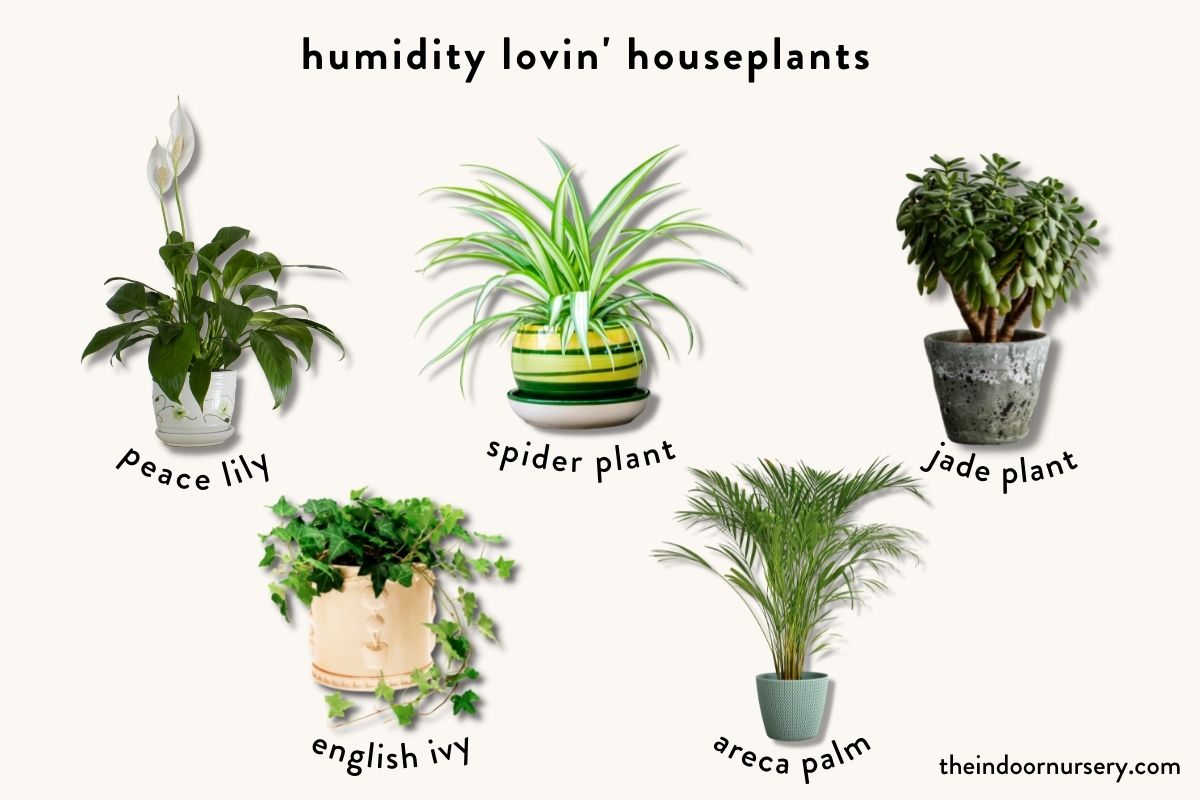
Plant science review time: Plants actually have thousands of tiny pore-like structures on the surface of their leaves. In plant lingo, these pores are called stomata, which take in carbon dioxide and release oxygen. This process releases water vapor into the air.
Some plants release more moisture into the air than others. Combat dry air and get your houseplants to work! These specific plants continuously release moisture in the air, contributing to elevated humidity levels.
- Peace lily
- Spider plant
- Aloe vera
- Sword fern (Ferns are just lovely to have in any room, and are also plants that contribute to having a higher humidity level.)
- English ivy
- Areca palm (This plant has one of the highest rates of transpiration, according to the NASA clean air study. Areca palm can release up to 1 quart of water vapor in the air every 24 hours. So cool right?!)
- Rubber plant
- Jade plant
- Dracaena
4. Leave your bathroom door open while you shower.
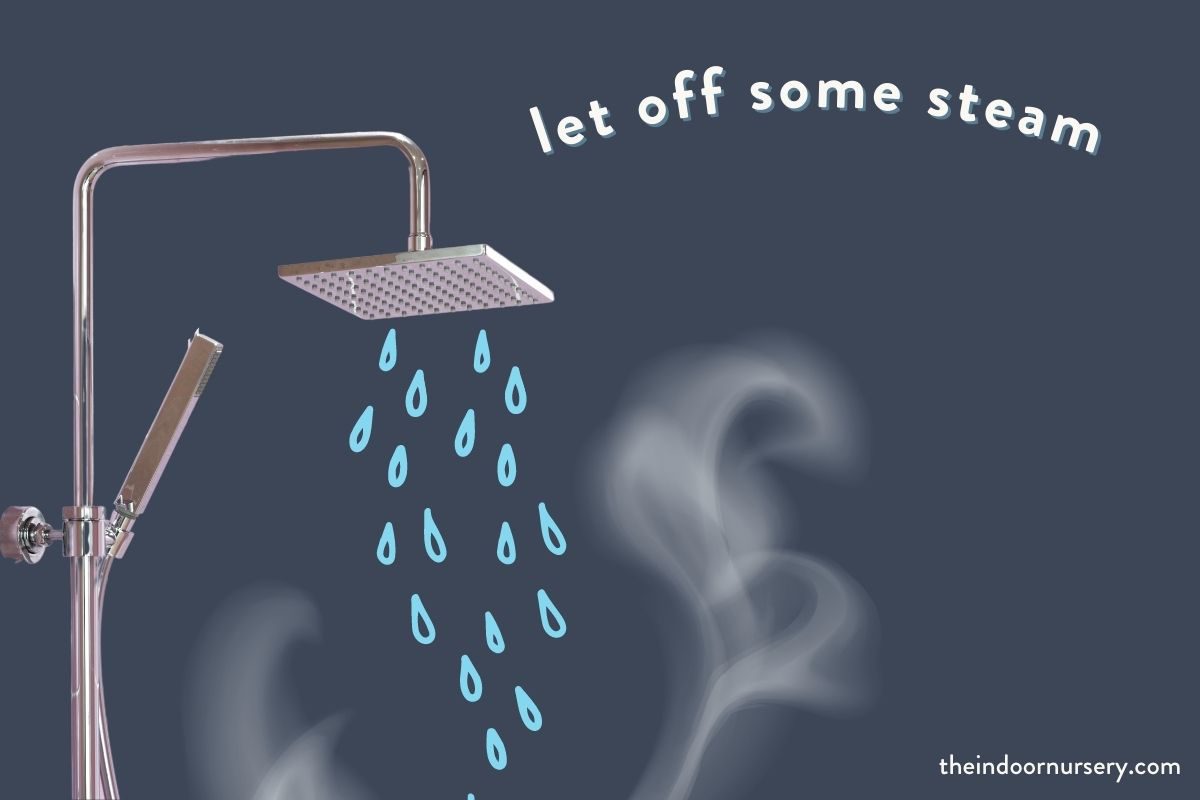
Instead of steaming up your bathroom when you take a hot shower, open the door and let the steam escape naturally to increase humidity. This allows the steam to disperse throughout your entire house, improving the humidity level. If you live with roommates and need some privacy, you can leave the door open after showering.
5. Boil water without lids.
The water may take a bit longer to boil, but this will definitely get your room heated up faster. Just be careful to never leave the pot of boiling water unattended, you can end up boiling the water away and ruining your pot this way.
6. Air dry your dishes.
Place your dishes in the dishwasher and open the dishwasher after the last rinse cycle. Open the door and let your dishes air dry instead of letting them dry in the machine to release the steam into your home.
7. Get an indoor water fountain.
Yes, we’re going there. Invest in an indoor water feature. Indoor fountains are a beautiful and relaxing way to decrease stress levels and naturally humidify a room. You just need to place your fountain near direct sunlight, so the rocks can heat up and the water can slowly evaporate into the air.
When it comes to indoor fountains, it’s important to regularly clean and refill them with fresh water. Stagnant water can quickly become a breeding ground for mold and bacteria. Be sure to follow the manufacturer’s instructions for cleaning and maintenance, and consider using a water treatment additive to help prevent mineral buildup and keep the water fresh.
8. Use an essential oil diffuser.
An essential oil diffuser is like a mini-humidifier, that lets out warm air with a scent. You can add any luscious scents you like to the air like lemongrass, patchouli, or lavender. Just remember to wash thoroughly between uses.
As for essential oil diffusers, it’s important to clean them regularly to prevent the buildup of oil and bacteria. Many diffusers come with cleaning instructions, but in general, it’s recommended to wipe down the diffuser with a soft cloth and rubbing alcohol after each use. You can also deep clean the diffuser by soaking it in a solution of water and vinegar.
In addition to regular cleaning, it’s important to use high-quality oils and avoid overusing them. Essential oils are powerful and can cause irritation or other adverse reactions if used in excess. Be sure to follow the manufacturer’s instructions for usage and never leave a diffuser unattended.
Where to buy a humidifier
If you live in super cold conditions, some of these DIY solutions won’t work as well (evaporation slows at lower temperatures) for you at home. In this case, buy yourself a humidifier. It is probably one of the easiest solutions to keep you and your plants feeling comfortable and healthy during the winter. Using a humidifier also allows you to control humidity levels more precisely. They do require regular cleaning and maintenance to prevent mold growth, and it’s important that you keep an eye on your space to make sure water isn’t pooling in areas out of the site or your furniture is getting damp.
Here are a couple of our top recommendations for humidifiers:
LEVOIT Humidifier for Bedroom or Home
This humidifier has a smart sensor and can be controlled from your phone. It holds up to 60 liters of water and has a battery life of up to 60 hours. It even includes an app that allows you to find the perfect humidity levels for your home.
IRIS USA Ultrasonic Cool Mist Humidifier
This one is super quiet and runs all night, making it super easy to maintain humidity levels in your room or bedroom. Save your dry skin & sore throat with this humidifier that is super straightforward and easy to use!
Benefits of humidity in the home
First things first, let’s talk about the benefits of increasing humidity. Not only does it help reduce the risk of respiratory problems, prevent dry skin, and improve plant health, but it also makes the air feel more comfortable and can even alleviate symptoms of allergies and asthma. So, basically, it’s like giving your home a spa treatment!
But before you start filling your bathtub with water, it’s important to monitor indoor humidity levels. Low humidity can lead to a range of health problems, while high humidity can promote the growth of mold and other harmful microorganisms. That’s why we recommend using a hygrometer to measure relative humidity. It’s a fancy word for a simple device that helps you keep track of humidity levels. Trust us, it’s a game-changer.
By monitoring humidity levels, you can ensure that the air in your home remains within a healthy range and adjust your methods for increasing humidity accordingly. Plus, you’ll feel like a pro when your friends come over and you start talking about hygrometers like it’s no big deal.
FAQ
What is a low humidity level?
Humidity is typically presented as a percentage representing the total capacity of air to hold water vapor. This is known as relative humidity (RH), and it varies depending on temperature. Warm air holds more moisture than cool air, so the percentage of humidity is ‘relative’ to the air temperature. Generally speaking, low humidity is anywhere below 30%.
How can I humidify a room without a humidifier?
We listed a ton of ways above, but our favorite solution is obviously to invest in a ton of air-purifying houseplants! Other ways include showering with the door open, cooking without lids, and leaving a glass of water in a sunny spot near a window.
What happens if humidity levels are low?
Low humidity (especially coupled with cold temperatures) can cause dry and itchy skin, as well as dry throat, respiratory problems and irritated eyes. Honestly, if you live in a condition with low humidity levels for a really long time, you can get really sick. Cold air = no bueno for your eyes, nasal passages, skin and respiratory tract. Your risk of getting a cold flu and other infections also increases.
How much water do you need to increase humidity?
This is a really good question. Depending on the size of your house, you might need anywhere from about 5.5 gallons to 7 gallons of water per day. You can place a ton of bowls of water around your house to increase humidity. Tip: when placed in the sun, glass water bowls refract light, so you may have tiny rainbows appearing all over your home!
Can I use my HVAC to increase humidity?
Do you have a fancy central HVAC system in your home? Well, aren’t you posh! Guess what? You can use it to increase humidity, too. That’s right, your HVAC system can be your secret weapon for maintaining consistent humidity levels throughout your entire home.
First, check your system’s settings. Some HVAC systems have a built-in humidifier function that you can activate to increase humidity. If your system doesn’t have a humidifier, you can always add one. Just make sure to consult with a professional HVAC technician to ensure that it’s installed correctly and functioning properly.
Not only will this help keep your home feeling comfortable and cozy, but it’s also a great way to maintain healthy indoor air quality. Plus, you can impress your friends with your fancy HVAC system knowledge. Just don’t let it go to your head, okay?
Closing thoughts
Increasing humidity in your home is my favorite way to maintain healthy indoor air quality for you and your plants. There are plenty of easy and natural ways to add much-needed moisture to the air, from hanging laundry indoors to using indoor water features. Remember to monitor indoor humidity levels with a hygrometer and take steps to maintain consistent humidity throughout your home. Whether you’re using DIY methods or high-tech HVAC systems, increased humidity can make a big difference in your overall health and wellbeing. So go ahead, create a spa-like oasis in your home and breathe easy!
more about humidity
- The 6 Best Dehumidifiers For Grow Tents
- 7 Best Hygrometers For Indoor Plants
- 9 Best Plant Humidifiers For Indoor Jungle Vibes
- The best grow tent humidifier for indoor gardening
- How to increase humidity in a room with indoor plants
- How to fix low humidity leaf curl for humid-loving plants
- Where to place humidifier for plants (farther than you think)
- Tags:
- humidity
- plant watering tips
- tips

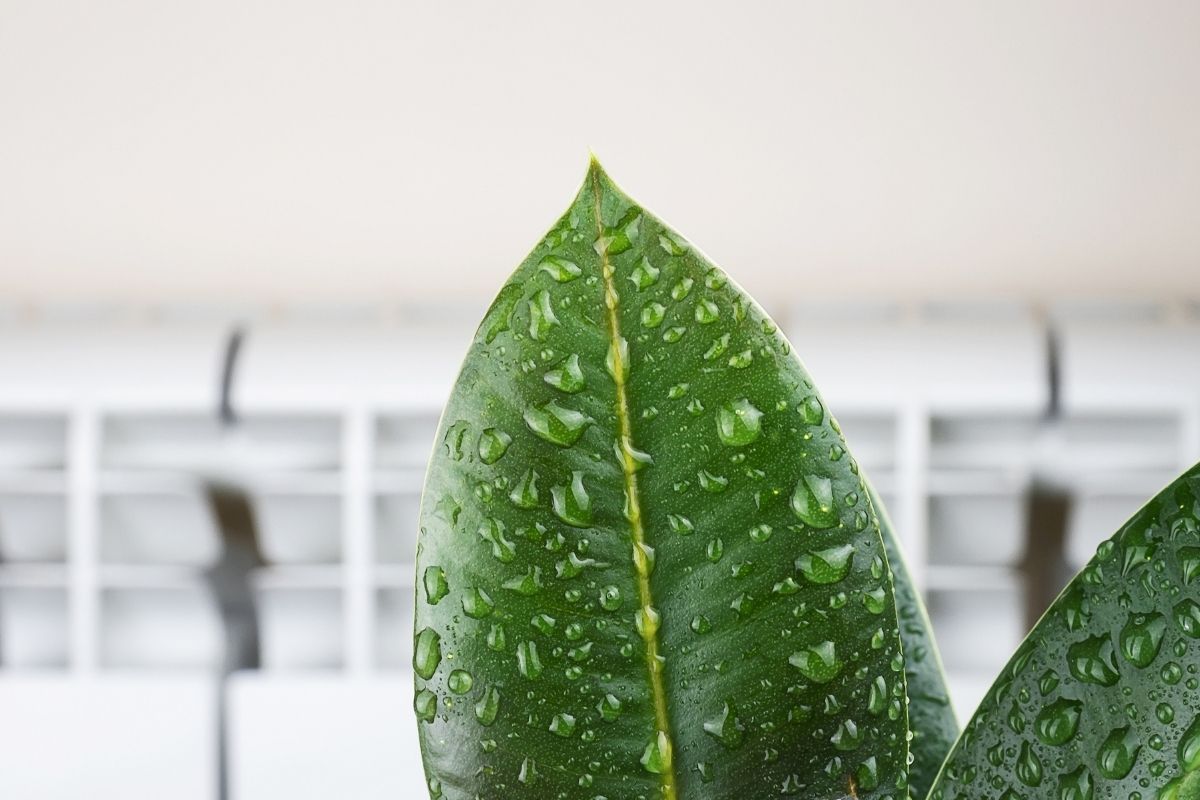
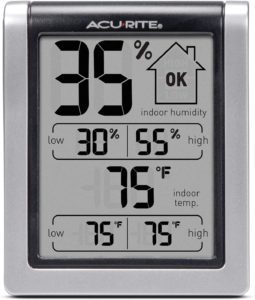
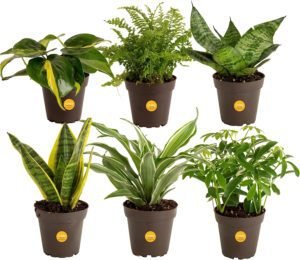
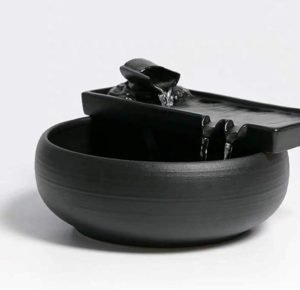

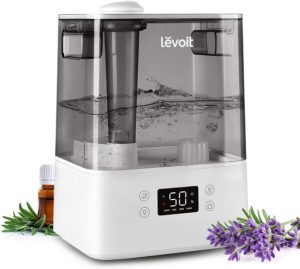
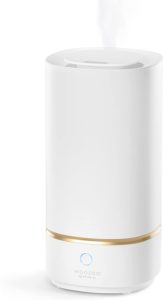
This is some very useful information Brody. Thank you, I just bought some humidity loving plants and I don’t want them to wither so this info. is very helpful to me! 🙂
We’re always happy to hear from readers like yourself, Vini. So thank you for taking the time to let us know that you’ve found our content helpful!